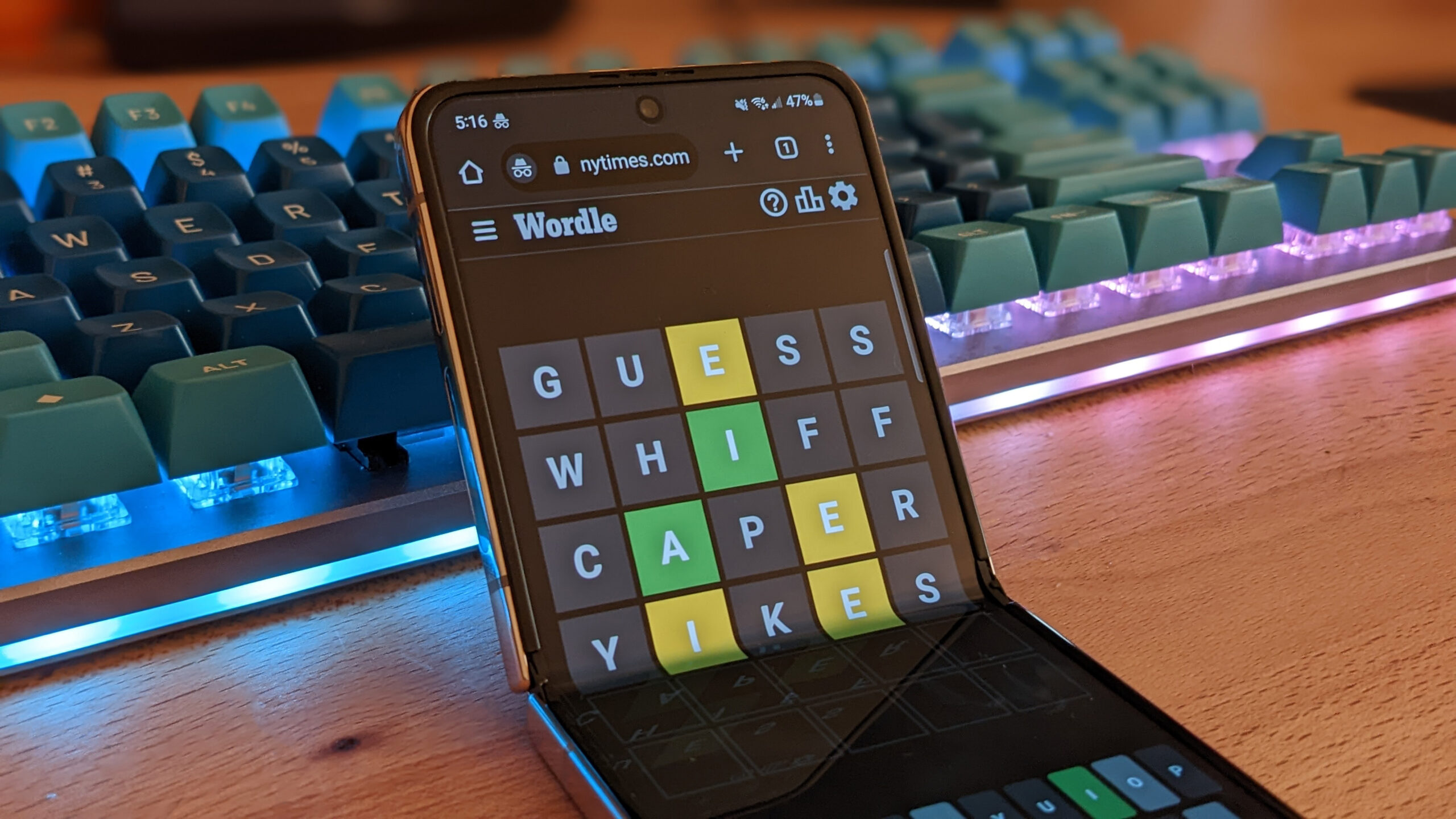If you’re rocking a handheld gaming PC that isn’t the Steam Deck, then I’ve got some good news for you to start the new year: AMD has released a new preview driver enabling its software-based frame generation tech on any system running an RDNA 3-based integrated graphics chip.
The Radeon 700M has been added to the list of supported GPUs in the latest AMD Fluid Motion Frames (AFMF) preview driver (via Videocardz), and that’s the iGPU at the heart of both the AMD Z1 family of handheld chips and the Ryzen 7 7840U that’s prevalent in pretty much every other handheld PC on the market today.
So, what that also means is that it will be functional on any AMD laptop running that chip, too, such as the Framework 13 with the latest AMD mainboard. But the driver notes do state that if you’re hoping to get AFMF feature working on a laptop which also has a discrete graphics card inside it, you’ll need to make sure that the display is running from the integrated graphics for it to work.
The AFMF preview driver has been out for a while, and has been slowly increasing its level of support from the initial Radeon RX 7000-series GPUs it launched with, to now encompassing almost every modern slice of AMD graphics silicon it has. Apart from the custom APU that sits at the heart of the Steam Deck, that is.
The Steam Deck’s Aerith and Sephiroth APUs (for LCD and Steam Deck OLED versions respectively) still use a custom RDNA 2 GPU, and that is so far not supported in this Windows preview driver, nor does there seem to be a Linux equivalent.
But for everything from the Ayaneo Air 1S to the ROG Ally to the Lenovo Legion Go, the new preview driver ought to be able to deliver higher, smoother frame rates in any DirectX 11 or 12 title.
There’s likely one big reason why AMD has added 700M support when it has, and that’s because it has just announced, at CES 2024, the upcoming release of its new Zen 4 and RDNA 3 powered Ryzen 8000G APUs. These desktop chips will run the same 700M iGPU and will absolutely benefit from having AFMF available right from the off. And that could help make them the best fit for a budget gaming PC of any hardware available this year.
(Image credit: Future)
Steam Deck OLED review: Our verdict on Valve’s handheld.
Best Steam Deck accessories: Get decked out.
Steam Deck battery life: What’s the real battery life?
Best handheld gaming PC: What’s the best travel buddy?
It’s worth noting that AFMF is not some sort of performance panacea, however, as it can add a certain amount of latency—just like game-based frame generation—and is only really going to look good when you’ve already got a decent level of performance already.
The suggestion is that 60 fps is the target before AFMF gets involved, though I would expect that on a handheld you might well be able to get away with performance below that mark and still be happy about how a game runs.
I’ve got the preview downloading on the Framework 13 right now, and I also have a couple of new handhelds that will be itching to get some AFMF loving on them, so we’ll soon see whether it’s going to have the impact on handheld gaming I hope it will.











